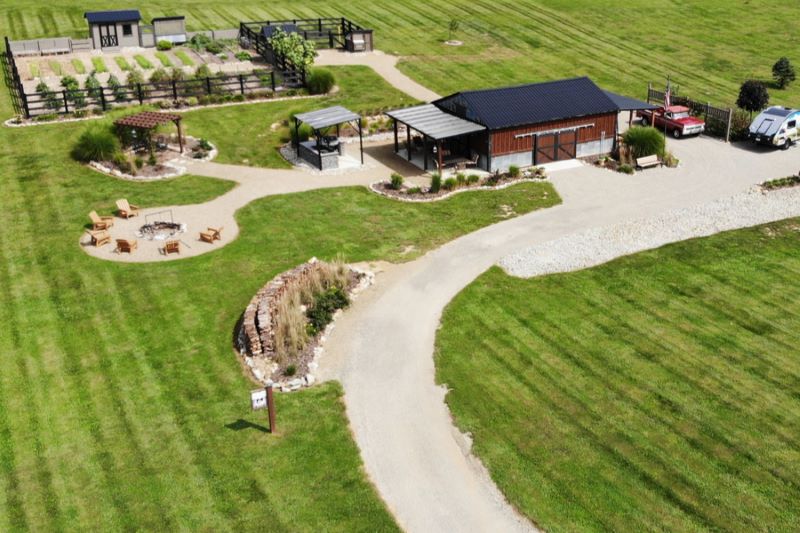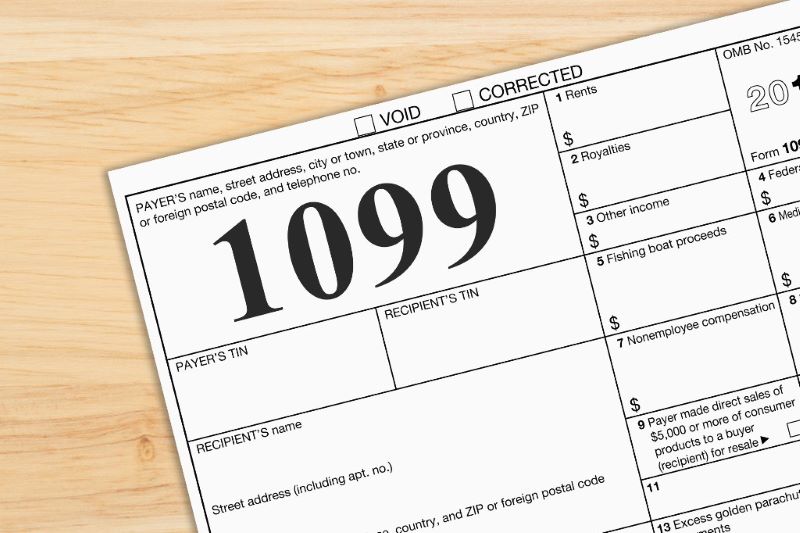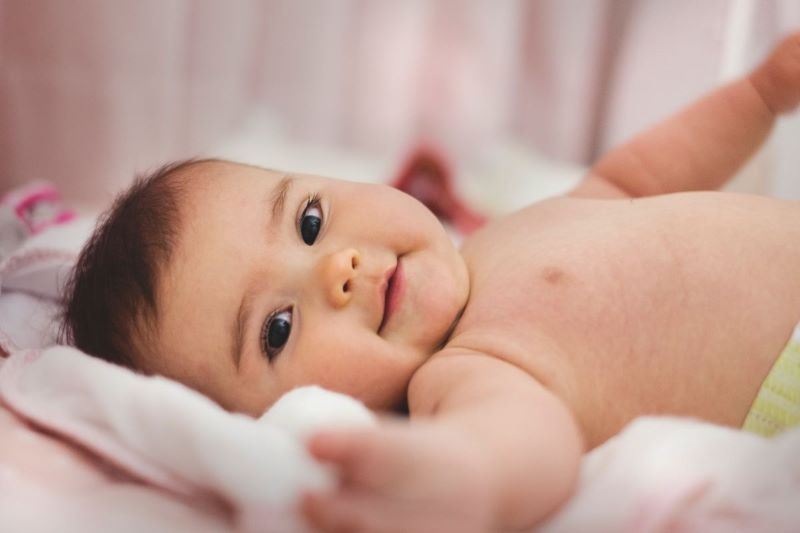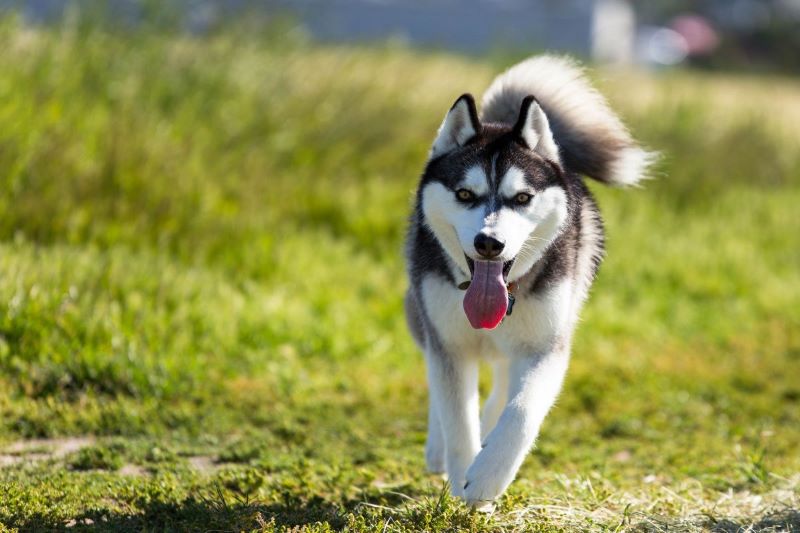Table of Contents
For some families or couples, a puppy is considered their “first child,” and is showered with love, indulged, never allowed to go hungry (thank goodness for pet food delivery). A family pup also gets everyone’s attention deserving of any first child, regardless of the species.
And then a human baby comes along. This new bundle of joy will definitely add to the family’s happiness. Still, the baby’s arrival can also be a stressful time filled with major adjustments for you and your dog who’s going to be an older sibling to your baby.
Although this setup can mark the beginning of a new friendship between your pet and your child, it is your responsibility to make the transition easier.
To help you out, below are four tips you can try in introducing dogs and babies:
1. Start prepping your pet during pregnancy
The moment you confirm that a baby is on the way is the best time to prepare your canine pal for your upcoming new addition. It’s not as if you can warn him about the coming baby, so you have to desensitize your pet to life with an infant.
The key is to prep all his senses to help him get used to the presence of a baby during pregnancy. Here are several ways to do it:
Practice with a baby doll
Practice makes perfect. This is also true when introducing your dog to life with a human baby.
One way you can train your dog on the proper behavior around an infant is to carry around a baby doll. Although it may seem silly at first, caring for a doll in the presence of your pet will help him get used to seeing you with your bundle of joy in your arms.
Whenever your furry baby is watching, treat the doll as if it’s your living, breathing baby. Talk to it, change its diaper, bathe and clothe it, and caress it the way you would a human infant.
At this point, you should also teach your dog to avoid jumping on you or tugging at your sleeves while you’re carrying the doll. This will help him know how to behave around a real baby.
If he doesn’t respond to commands like “sit” or “down,” it may be best to begin obedience training before the baby’s arrival.
Introduce baby sounds
It is believed that dogs and cats are quite sensitive to the cries of newborn babies, so you need to get your pet accustomed to the sound beforehand.
Start by playing a recording of baby cries. Then, you can ask friends to come over with their children. Allow your dog to socialize with them to help him get used to the unique energy and behavior of children.
If your pet is used to having only you and your partner around the house, you may need to have visitors frequently before the baby’s expected arrival.
Bring out the baby items
While it may be a bother to bring out bulky swings and cribs while the baby is still growing in mommy’s tummy, it will do your dog some good to get used to having baby items around before the arrival of his younger human sibling. This will allow your pet to become familiar with the objects way before your baby starts using them.
Also, baby lotions, soaps, and powders can help him get used to new odors before the huge wave of baby scent that comes when you arrive home with your baby. Use them on yourself or the baby doll whenever your pet is around.
2. Stop lavishing your dog immediately
If you’re a pet parent first before becoming a parent to a human, you may have established a habit of giving your furry baby everything he wants. It’s great to have a steady supply of doggie treats from a trusted pet food supplier, but lavishing your pet with too much attention during pregnancy is not the best idea.
While it may be well-intentioned, making your pet the center of attention in your home even after you confirm the arrival of your baby is counterproductive when preparing to introduce the two together. Instead, back off a bit to help your pet become more independent.
It is also important for future parents to do a bit of soul-searching. You need to determine and admit some of your furry pal’s bad behaviors that you’ve let slide in the past years as these may need to be corrected and confronted before your baby arrives.
Some problems that may not seem significant before a baby could get bigger after you welcome your bundle of joy. In this case, having your pet undergo obedience training is a good idea, even if he’s generally well-behaved.
Of course, obedience training doesn’t just help the dog – it also allows pet owners to learn effective ways of communicating with their furry baby.
3. Let your dog join the happiness bubble
On the day of your baby’s arrival, everyone’s bound to be fussing around and about your newborn. Of course, your dog will get very excited and curious, too.
With the new sounds, smells, and changes in the behavior of the people around him, your dog will likely experience a sensory overload. To make sure he doesn’t do anything uncharacteristically aggressive, let him join in the fun. Just remember to regulate and control it.
Allow your dog to sniff and look at his new human sibling and observe how he reacts. If he shows calm interest, praise your dog for doing a superb job and offer him rewards in the form of treats and toys. This is basically what your dog wants – to know that the new addition to the family won’t be a hindrance to his current happy state in your life.
Just remember to avoid leaving the two alone together, especially during your baby’s first few months.
4. Watch out for dog anxiety
Pet anxiety commonly occurs during significant changes in an animal’s environment, and the arrival of a baby is a perfect example. If your pet shows any signs of aggression, anxiety, or any undesirable behavior during the ‘”sibling” meet-and-greet, address it immediately.
If you’re not sure how to handle it, ask for help from a dog trainer or your vet.
Preparation is key
With proper preparation, babies and pets can get along well together and may even grow up to be the best of friends.
To make sure this happens with your growing family, give your furry baby time to practice and adjust to life as an older sibling.








